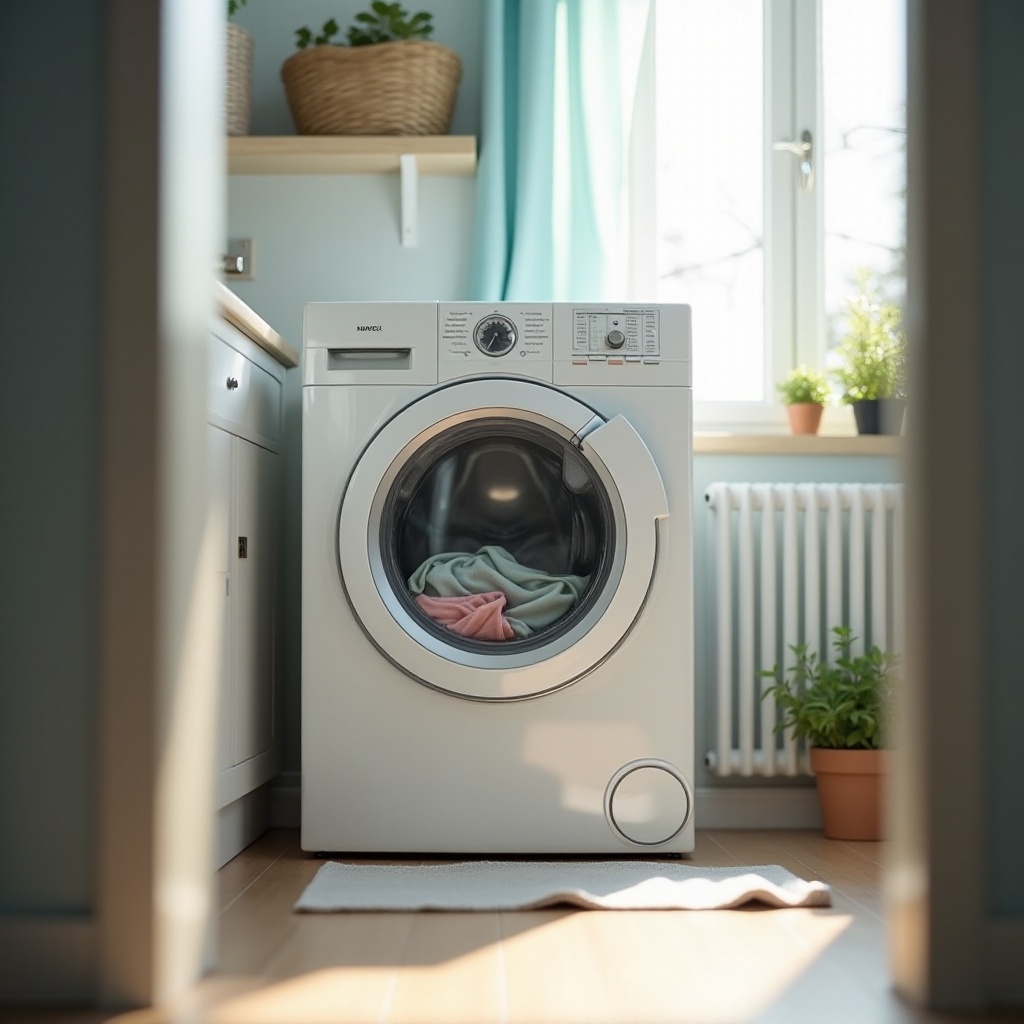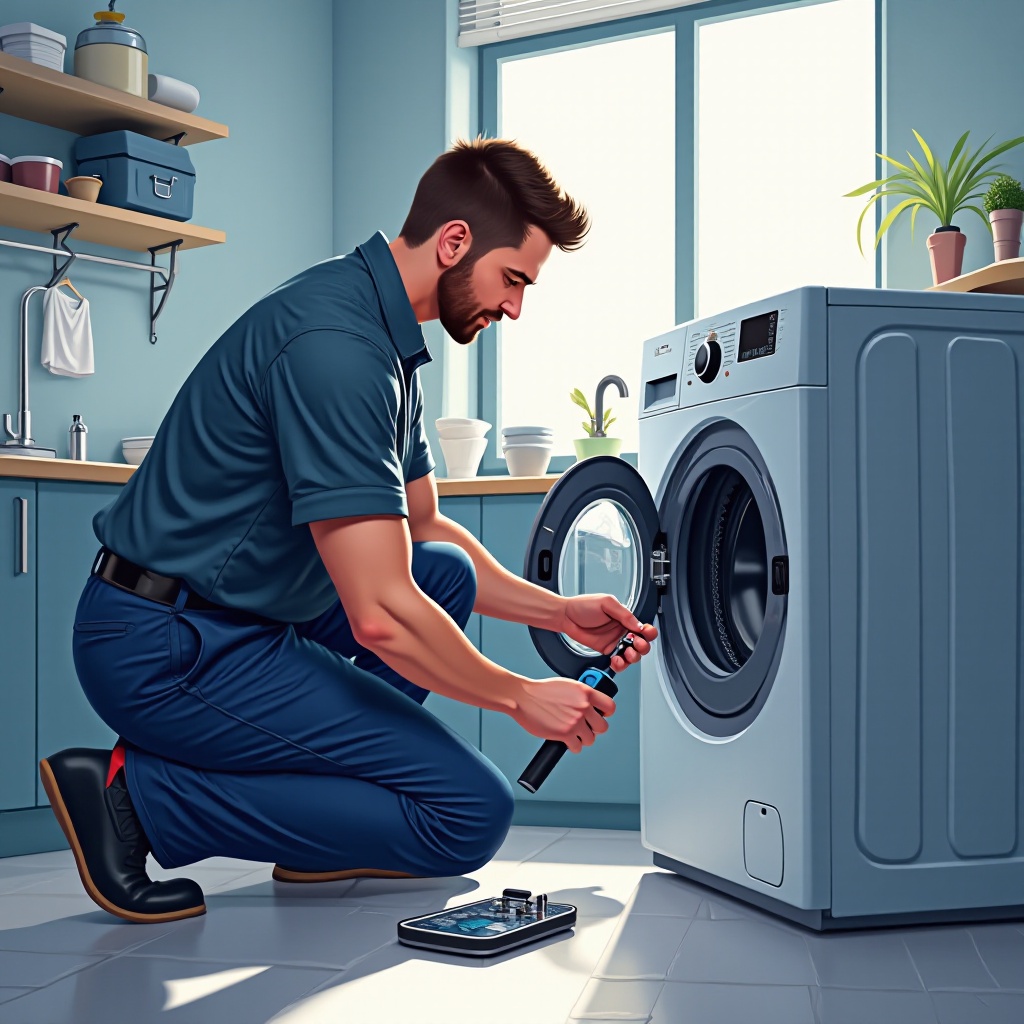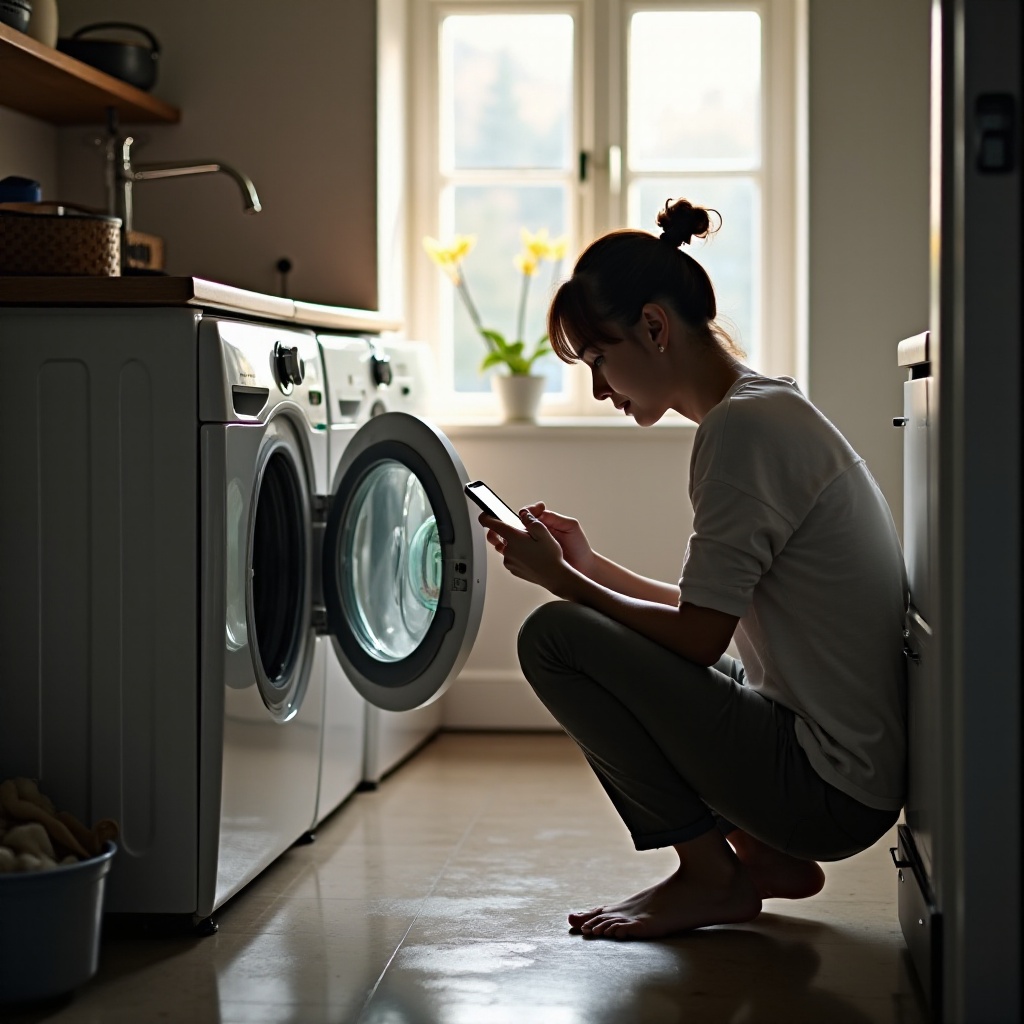Introduction
Washing machines, integral to our daily routines, sometimes face issues that disrupt their performance. Encountering washing machine troubles can be frustrating, but with some practical insights, you can address these problems effectively. This guide provides actionable solutions to common issues, setting you on the path to a well-functioning appliance.

Common Washing Machine Issues and Solutions
Identifying common washing machine problems is the first step toward troubleshooting. Understanding these issues allows you to apply targeted solutions, ensuring your machine runs smoothly.
Washing Machine Won't Start
When your washer refuses to kick into action, check the power supply by ensuring the socket is functional and the power cable is plugged in securely. Inspect the door latch; it must close fully for the cycle to begin. Error codes on the control panel can hint at further complications, so resetting your machine might resolve minor glitches.Strange Noises During Operation
Noises from your washing machine can range from annoying to worrying. Start by identifying if the sound is grinding, pounding, or rattling. Grinding noises might be due to motor issues or a loose belt, while rattling could be foreign objects trapped in the drum. Remove any foreign elements and check the drum and bearings for smooth operation.Water Not Draining Properly
Water that lingers in the drum after a cycle indicates drainage issues. Ensure the drain hose is not kinked or blocked. Regularly clean the drain filter to prevent lint and debris from obstructing water flow.
Advanced Troubleshooting Techniques
After addressing basic problems, you may encounter more technical issues requiring advanced troubleshooting techniques. These solutions delve deeper, enabling a more comprehensive approach to resolving washing machine troubles.
Diagnosing Electronic and Control Panel Issues
Electronic components can malfunction, causing operational hiccups. To diagnose, observe any error messages on the panel. These codes help pinpoint a specific issue. Use your manual for code interpretation and follow guided steps for correction.Analyzing and Fixing Spin Cycle Problems
Issues in the spin cycle can leave laundry unnecessarily wet. Check for load imbalance; redistribute items if needed. Verify the spin speed settings; incorrect configurations might hinder efficient water extraction.

Preventative Maintenance Tips
Routine maintenance minimizes the risk of washing machine troubles. By integrating regular checks and cleaning into your schedule, you can extend your washer's lifespan.
Regular Cleaning Practices
To maintain your washer's cleanliness, once a month, run an empty cycle with hot water and two cups of vinegar. This process helps dissolve residues and inhibit mold growth, keeping the drum fresh.Checking and Replacing Water Filters
Water filters play a critical role in safeguarding your washer's interior. Inspect these filters regularly and replace them if necessary to uphold optimal water flow and machine function.
How to Handle Specific Error Codes
Error codes simplify troubleshooting by pinpointing exact issues. Understanding these codes can significantly streamline the repair process.
Understanding Common Display Error Codes
Different models display unique error codes. Consult your washer's manual or the manufacturer's website to decode these messages accurately, following recommended solutions.Resetting and Reprogramming Your Washer
Resetting your washer can eliminate error codes and restore normal function. Unplug the machine for a few minutes, then reconnect it. Reset any personalized settings before testing the washing cycle again.
When to Call a Professional
Recognizing the limits of DIY fixes is essential. Some washing machine issues necessitate professional intervention to prevent further damage or complications.
Understanding Your Warranty Options
If your appliance is under warranty, reach out to the manufacturer for repairs. Unauthorized service might void the warranty, so reviewing your contract terms is crucial.Signs It's Time for a Professional Inspection
Persistent problems, such as electrical faults or extensive leaks, should be assessed by a professional. An expert can provide a thorough analysis and suggest appropriate remedies.

Conclusion
Proactively addressing washing machine troubles enhances the longevity and efficiency of your appliance. With these troubleshooting tips and regular maintenance, many common problems are manageable without professional help. However, it's important to recognize when an expert's touch is necessary, ensuring that your washing machine remains a reliable household companion.
Frequently Asked Questions
What should I do if my washing machine leaks?
Check hoses and seals for cracks or loose connections. Tighten or replace them as needed to stop the leak.
How often should I perform maintenance on my washing machine?
Perform maintenance once a month, including cleaning filters and running a vinegar cleaning cycle.
Can overloading the washing machine cause damage?
Yes, overloading can strain motor and components, leading to malfunctions. Follow load capacity guidelines.
